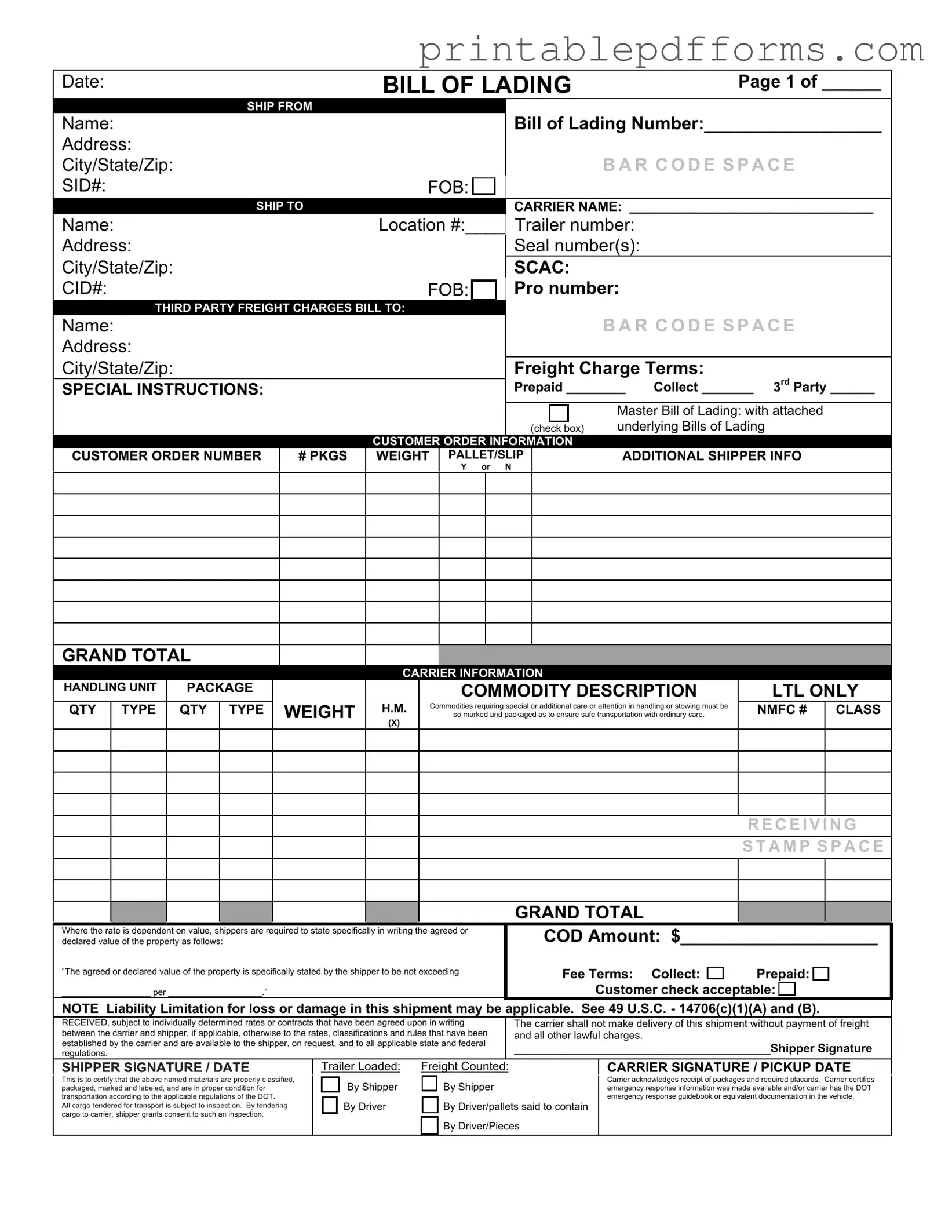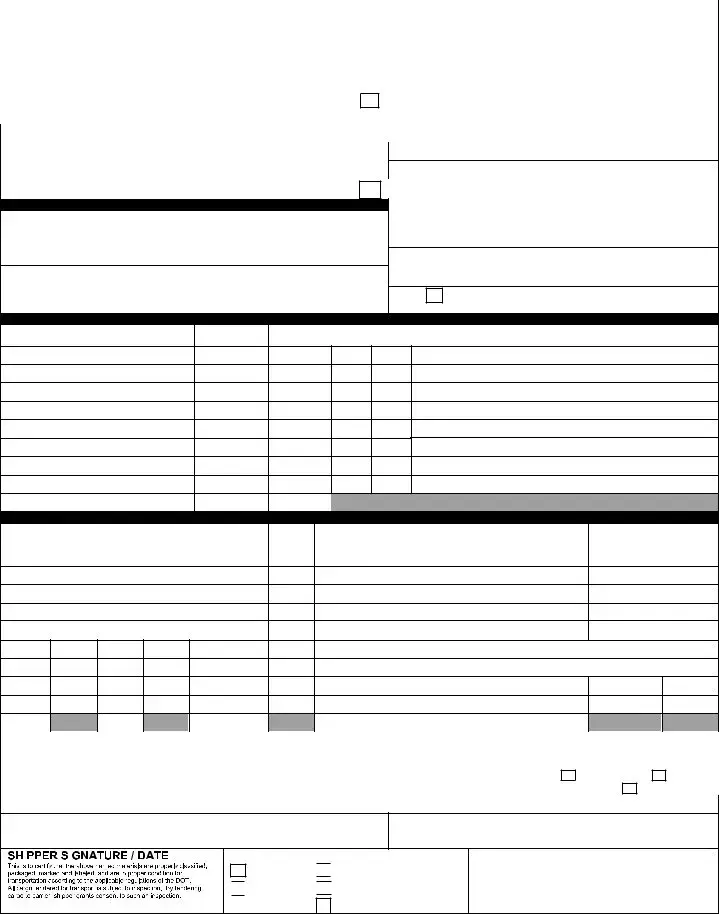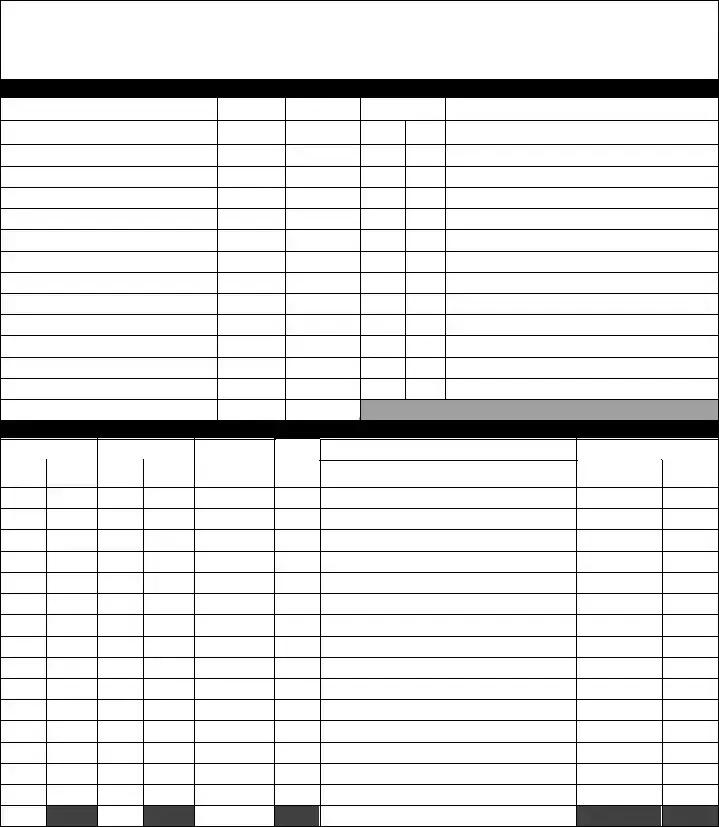A Bill of Lading with a Supplement form is a document used in the shipping industry. It serves as a receipt for goods, a contract for transportation, and a document of title. The supplement allows for additional information or terms to be included, accommodating changes or special requirements that may arise during the shipping process.
Why is a Bill of Lading important?
The Bill of Lading is crucial for several reasons:
-
It provides proof of the contract between the shipper and the carrier.
-
It serves as a receipt that the goods have been received in good condition.
-
It acts as a title document, allowing the holder to claim the goods upon arrival.
Who issues a Bill of Lading?
The carrier, which can be a shipping company or freight forwarder, issues the Bill of Lading. It is typically prepared when the goods are loaded onto the transport vehicle, ensuring that all parties have a record of the shipment details.
The form typically includes the following details:
-
Names and addresses of the shipper and consignee.
-
Description of the goods being shipped.
-
Weight and dimensions of the shipment.
-
Shipping instructions and any special handling requirements.
-
Terms and conditions of the transport.
Can a Bill of Lading be modified after it has been issued?
Yes, a Bill of Lading can be modified, but this usually requires the issuance of a Supplement form. This allows for changes to be documented officially, ensuring that all parties are aware of the updated terms or conditions.
What should I do if my Bill of Lading is lost?
If your Bill of Lading is lost, it is important to act quickly. You should contact the carrier immediately to report the loss. The carrier may issue a replacement or a duplicate Bill of Lading, but this process may involve additional verification steps to ensure the authenticity of the request.
Is a Bill of Lading legally binding?
Yes, a Bill of Lading is a legally binding document. It outlines the obligations and rights of both the shipper and the carrier. Failure to adhere to the terms specified in the Bill of Lading can result in legal consequences for either party.
How do I fill out a Bill of Lading with a Supplement?
Filling out a Bill of Lading with a Supplement involves several steps:
-
Clearly print or type the names and addresses of the shipper and consignee.
-
Provide a detailed description of the goods, including quantity and weight.
-
Include any special instructions or terms in the Supplement section.
-
Sign and date the document to confirm accuracy.
You can obtain a Bill of Lading with a Supplement form from various sources, including:
-
Shipping companies or freight forwarders.
-
Online legal form providers.
-
Logistics and transportation industry associations.


 to certify that the above named materials are properly classified, packaged, marked and labeled, and are in
to certify that the above named materials are properly classified, packaged, marked and labeled, and are in proper condition for transportation according to the applicable regulations of the DOT.
proper condition for transportation according to the applicable regulations of the DOT.
 By Shipper
By Shipper
 By Driver
By Driver 
 By Driver/pallets said to contain
By Driver/pallets said to contain